BYZDENKA MYSLIKOVA
July 8, 2023

Chile's President Sebastian Pinera, right, and Chinese President Xi Jinping, left, attend the welcome ceremony at the Great Hall of People in Beijing, China on April 24, 2019.
KENZABURO FUKUHARA/KYODO NEWS - POOL/GETTY IMAGES
The story of renewable energy’s rapid rise in Latin America often focuses on Chinese influence, and for good reason. China’s government, banks and companies have propelled the continent’s energy transition, with about 90% of all wind and solar technologies installed there produced by Chinese companies. China’s State Grid now controls over half of Chile’s regulated energy distribution, enough to raise concerns in the Chilean government.
China has also become a major investor in Latin America’s critical minerals sector, a treasure trove of lithium, nickel, cobalt and rare earth elements that are crucial for developing electric vehicles, wind turbines and defense technologies.
In 2018, the Chinese company Tianqi Lithium purchased a 23% share in one of Chile’s largest lithium producers, Sociedad Química y Minera. More recently, in 2022, Ganfeng Lithium bought a major evaporative lithium project in Argentina for US$962 million. In April 2023, Brazilian President Luiz Inacio Lula da Silva and Chinese President Xi Jinping signed around 20 agreements to strengthen their countries’ already close relationship, including in the areas of trade, climate change and the energy transition.
China’s growing influence over global clean energy supply chains and its leverage over countries’ energy systems have raised international concerns. But the relationship between China and Latin America is also increasingly complicated as Latin American countries try to secure their resources and their own clean energy futures.
Alongside international investments, Latin American countries are fostering energy innovation cultures that are homegrown, dynamic, creative, often grassroots and frequently overlooked. These range from sophisticated innovations with high-tech materials to a phenomenon known as “frugal innovation.”
Chile looks to the future
Chile is an example of how Latin America is embracing renewable energy while trying to plan a more self-reliant future.
New geothermal, solar and wind power projects – some built with Chinese backing, but not all – have pushed Chile far past its 2025 renewable energy goal. About one-third of the country is now powered by clean energy.
But the big prize, and a large part of China’s interest, lies buried in Chile’s Atacama Desert, home to the world’s largest lithium reserves. Lithium, a silvery-white metal, is essential for producing lithium ion batteries that power most electric vehicles and utility-scale energy storage. Countries around the world have been scrambling to secure lithium sources, and the Chilean government is determined to keep control over its reserves, currently about one-half of the planet’s known supply .
In April 2023, Chile’s president announced a national lithium strategy to ensure that the state holds partial ownership of some future lithium developments. The move, which has yet to be approved, has drawn complaints that it could slow production.
However, the government aims to increase profits from lithium production while strengthening environmental safeguards and sharing more wealth with the country’s citizens, including local communities impacted by lithium projects. Latin America has seen its resources sold out from under it before, and Chile doesn’t intend to lose out on its natural value this time.
Learning from foreign investors
Developing its own renewable energy industry has been a priority in Chile for well over a decade, but it’s been a rough road at times.
In 2009, the government began establishing national and international centers of excellence – Centros de Excelencia Internacional – for research in strategic fields such as solar energy, geothermal energy and climate resilience. It invited and co-financed foreign research institutes, such as Europe’s influential Fraunhofer institute and France’s ENGIELab, to establish branches in Chile and conduct applied research. The latest is a center for the production of lithium using solar energy.
The government expected that the centers would work with local businesses and research centers, transferring knowledge to feed a local innovation ecosystem. However, reality hasn’t yet matched the expectations. The foreign institutions brought their own trained personnel. And except for the recently established institute for lithium, officials tell us that low financing has been a major problem.
Chile’s startup incubator and frugal innovation
While big projects get the headlines, more is going on under the radar.
Chile is home to one of the largest public incubators and seed accelerators in Latin America, StartUp Chile. It has helped several local startups that offer important innovations in food, energy, social media, biotech and other sectors.
Often in South America, this kind of innovation is born and developed in a resource-scarce context and under technological, financial and material constraints. This “frugal innovation” emphasizes sustainability with substantially lower costs.
For example, the independent Chilean startup Reborn Electric Motors has developed a business converting old diesel bus fleets into fully electric buses. Reborn was founded in 2016 when the national electromobility market in Chile was in its early stages, before China’s BYD ramped up electric bus use in local cities.
Reborn’s retrofitted buses are both technologically advanced and significantly cheaper than their Chinese counterparts. While BYD’s new electric bus costs roughly US$320,000, a retrofitted equivalent from Reborn costs roughly half, around $170,000. The company has also secured funding to develop a prototype for running mining vehicles on green hydrogen.
Bolivia’s “tiny supercheap EV” developed by homegrown startup Industrias Quantum Motors is another example of frugal innovation in the electric vehicles space. The startup aspires to bring electric mobility widely to the Latin American population. It offers the tiniest EV car possible, one that can be plugged into a standard wall socket. The car costs around $6,000 and has a range of approximately 34 miles (55 kilometers) per charge.
Phineal is another promising Chilean company that offers clean energy solutions, focusing on solar energy projects. Its projects include solar systems installation, electromobility technology and technology using blockchain to improve renewable energy management in Latin America. Many of these are highly sophisticated and technologically advanced projects that have found markets overseas, including in Germany.
Looking ahead to green hydrogen
Chile is also diving into another cutting-edge area of clean energy. Using its abundant solar and wind power to produce green hydrogen for export as a fossil fuel replacement has become a government priority.
The government is developing a public-private partnership of an unprecedented scale in Chile for hydrogen production and has committed to cover 30% of an expected $193 million public and private investment, funded in part by its lithium and copper production. Some questions surround the partnership, including Chile’s lack of experience administering such a large project and concerns about the environmental impact. The government claims Chile’s green energy production could eventually rival its mining industry.
Related Video
With plentiful hydropower and sunshine, Latin America already meets a quarter of its energy demand with renewables – nearly twice the global average. Chile and its neighbors envision those numbers only rising.
Zdenka Myslikova is Postdoctoral Scholar in Clean Energy Innovation, Tufts University and Nathaniel Dolton-Thornton is Assistant Researcher in Climate Policy, Tufts University.
This article is republished from The Conversation under a Creative Commons license. Read the original article.


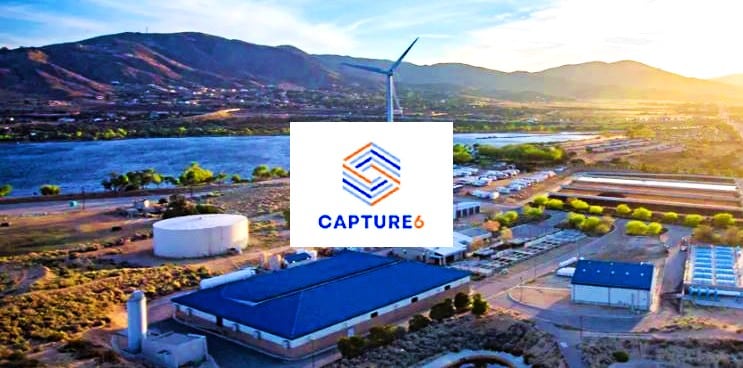
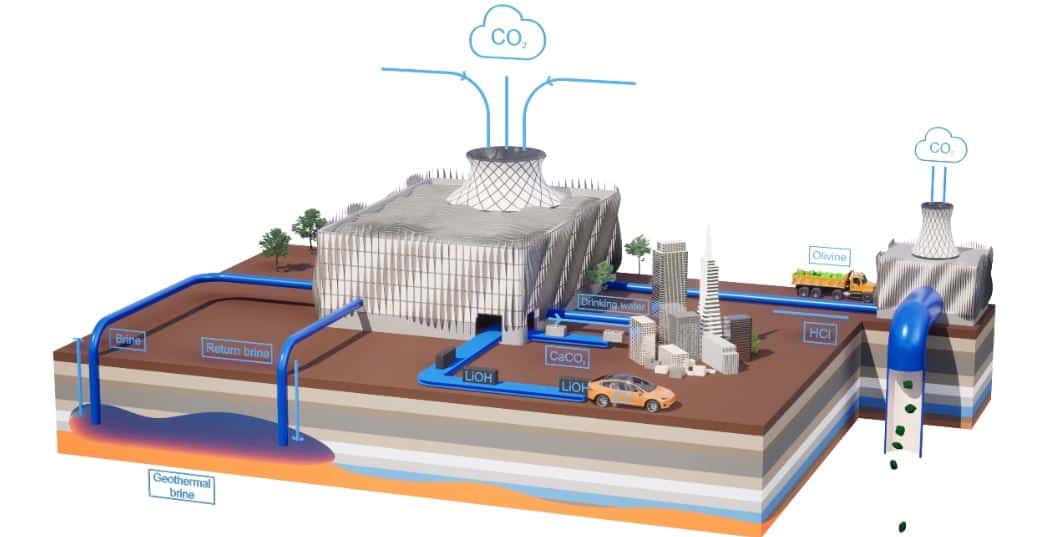

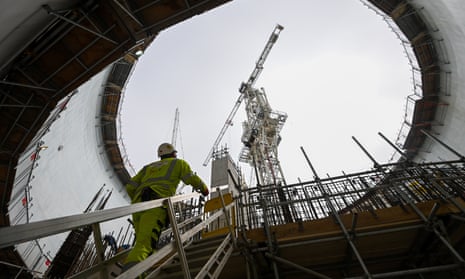

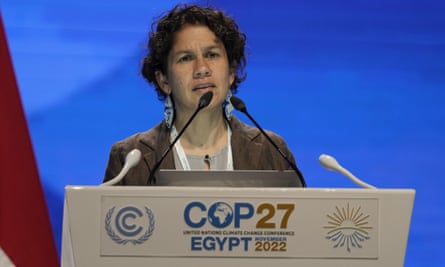








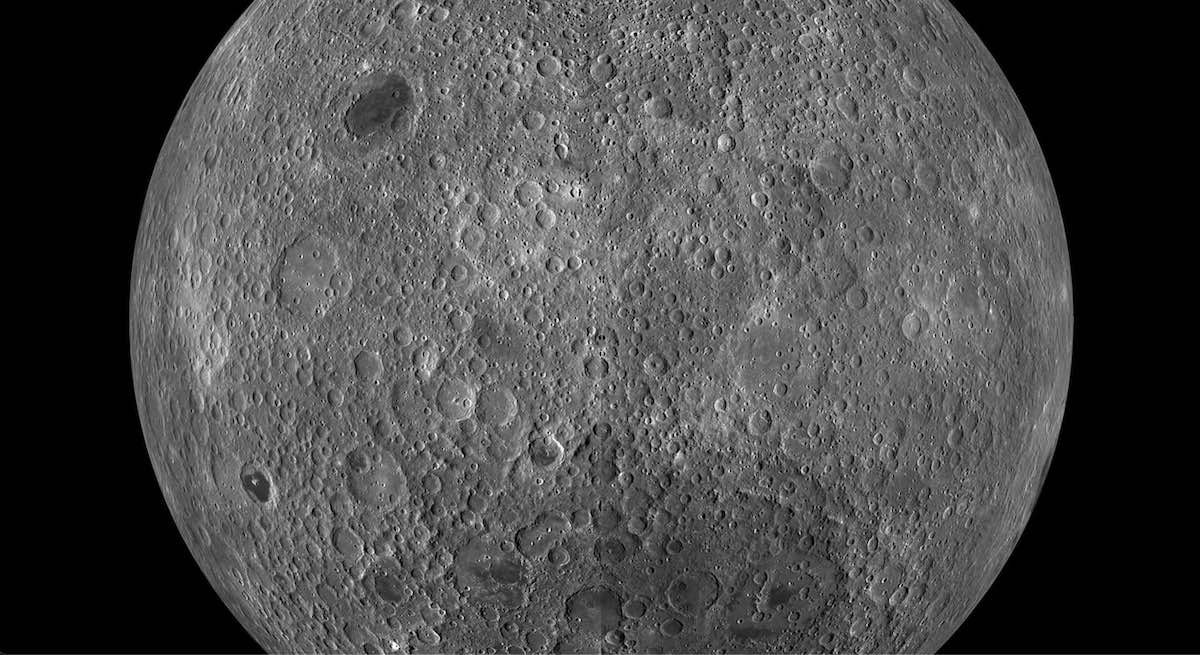
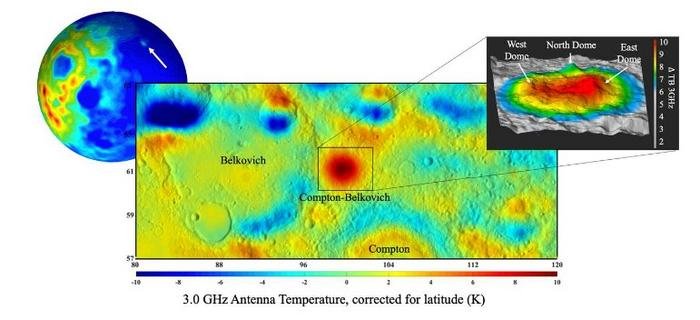


%2F2023%2F07%2F07%2Fimage%2Fjpeg%2FcQrFnhzFuu7PH3lPrUXVADNR3bgt6G5haM58SgLw.jpg&w=3840&q=75)
